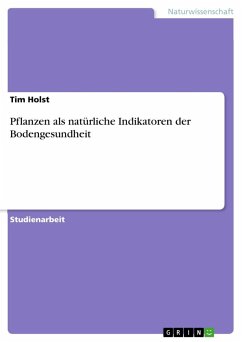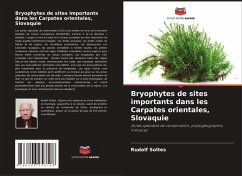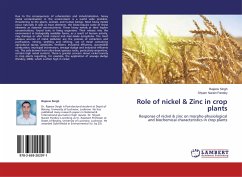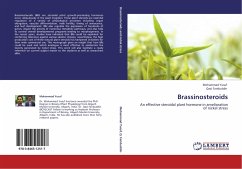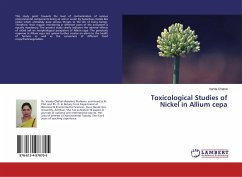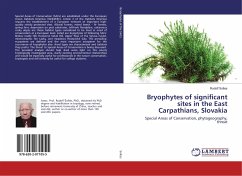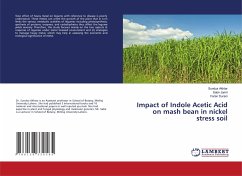
Vegetation Assessment of AMRI Mined-out Sites for Potential Nickel Hyperaccumulator Species
Versandkostenfrei!
Versandfertig in 1-2 Wochen
15,95 €
inkl. MwSt.

PAYBACK Punkte
0 °P sammeln!
Research Paper (undergraduate) from the year 2015 in the subject Biology - Botany, grade: 1.00, , course: Bachelor of Science in Environmental Management, language: English, abstract: Within the scope of rehabilitation of mined-out sites and possible occurrence of phytomining in the Philippines, this study examined the natural vegetation of the mined-out sites of Adnama Mining Resources Incorporated in Urbiztondo, Claver, Surigao del Norte for potential nickel (Ni) hyperaccumulator species. Both the soil and vegetation (leaf samples) were evaluated by assaying the heavy metal Ni. This work rev...
Research Paper (undergraduate) from the year 2015 in the subject Biology - Botany, grade: 1.00, , course: Bachelor of Science in Environmental Management, language: English, abstract: Within the scope of rehabilitation of mined-out sites and possible occurrence of phytomining in the Philippines, this study examined the natural vegetation of the mined-out sites of Adnama Mining Resources Incorporated in Urbiztondo, Claver, Surigao del Norte for potential nickel (Ni) hyperaccumulator species. Both the soil and vegetation (leaf samples) were evaluated by assaying the heavy metal Ni. This work revealed that Ni concentrations of the soils in the mined-out sites studied were comparable among each other having no or little distinctiveness. Also, it emphasized a large variation in Ni concentration in the plant samples collected depending on the plant species and the sites.Results show that native plant species Sowa-sowa (Unidentified), Magotambis (Syzygium longiflorum), and Artocarpus sp. have the potential being hyperaccumulators of Ni with concentrations 218 mig g-1, 142 mig g-1, and 123 mig g-1 respectively. No plant species sampled satisfied the requirement of Ni hyperaccumulation which is 1000 mig g-1.



